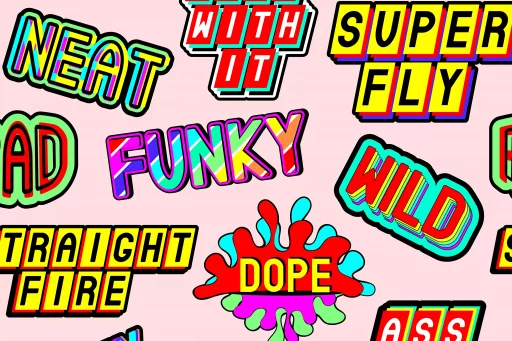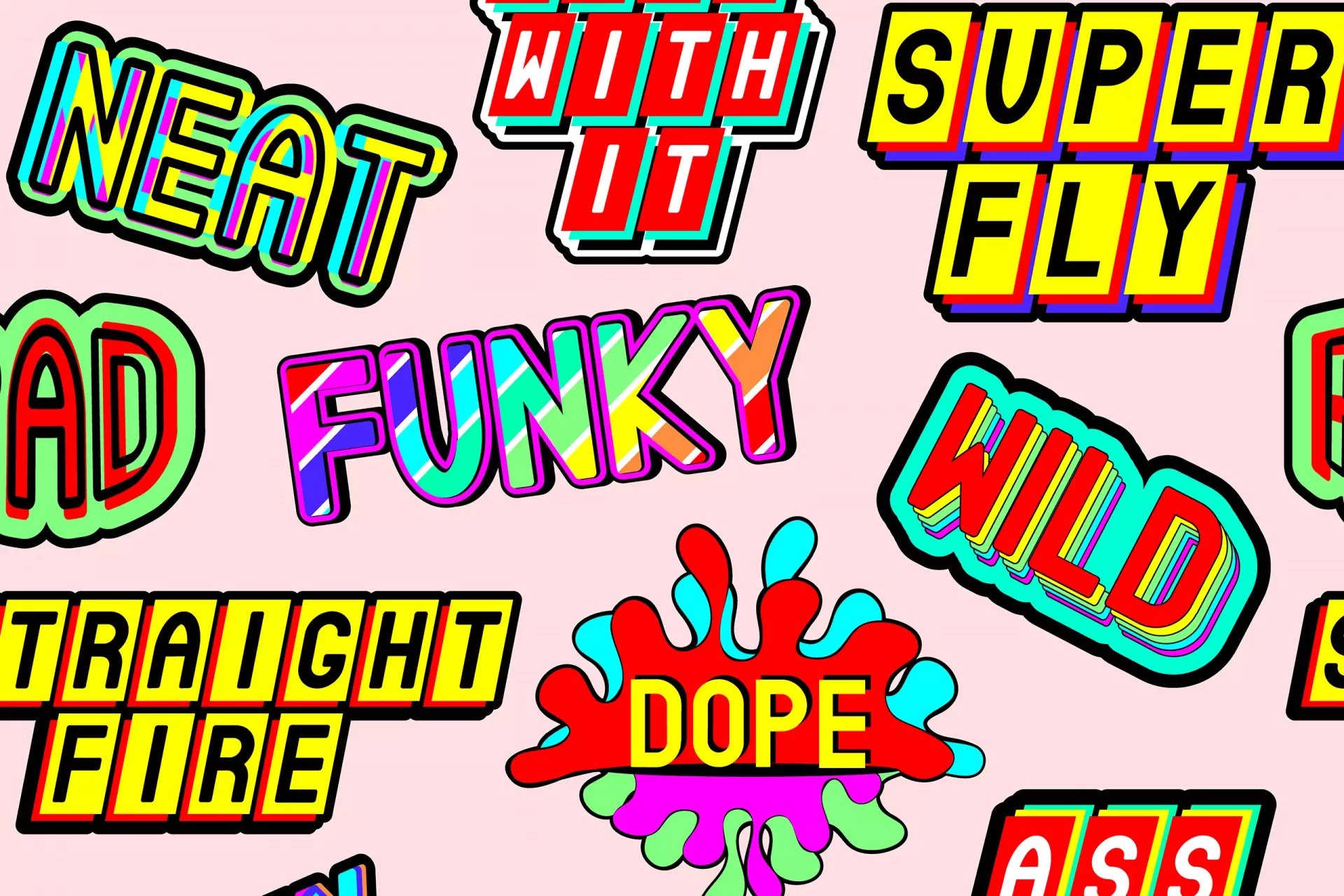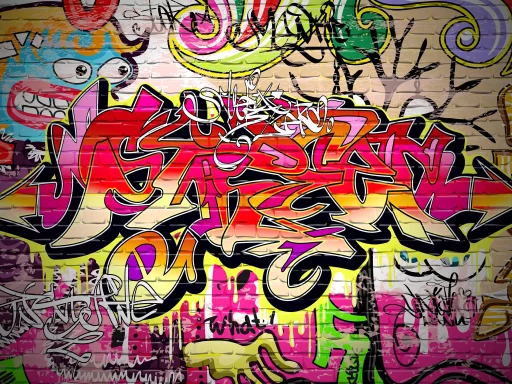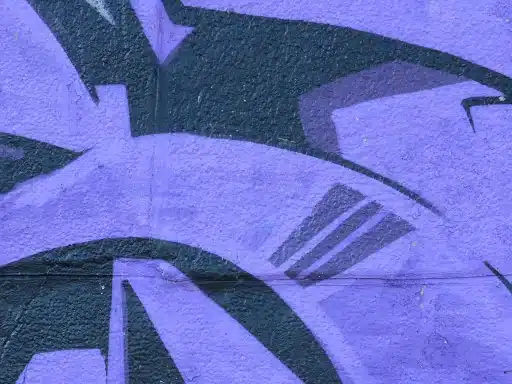Introduction
In recent years, the term ‘grooming’ has transcended its traditional meaning, often seen in the context of personal care and hygiene, to become a critical concept in social slang. This article will explore the various interpretations of grooming, emphasizing its implications in today’s context, especially among youth and online communities.
The Evolution of Grooming in Slang
The concept of grooming has evolved significantly over the years. Traditionally, grooming referred to the act of maintaining one’s physical appearance, including hair styling, skincare, and hygiene practices. However, with the rise of digital communication and social networks, the slang meaning of grooming has broadened and taken on new connotations.
- Online Grooming: This refers to the act of establishing an emotional connection with a child or young person through social media with the intention of sexual exploitation.
- Social Grooming: This involves building relationships within social groups, often with an intention to influence or manipulate, commonly seen in friend groups or social media platforms.
- Image Grooming: In this context, individuals curate their online personas through specific posts, images, and interactions to present themselves in a favorable light.
Understanding Online Grooming
Online grooming has become a significant issue in the digital age, where predators exploit platforms to prey on young individuals. According to a report from Internet Matters, around 41% of children aged 12-15 have experienced some form of grooming online.
Statistics on Online Grooming
- 41% of kids aged 12-15 reported encountering harmful content online.
- 1 in 5 children has received a sexual message or image online.
- 73% of children don’t know how to report inappropriate online behavior.
Case Studies: Understanding Grooming through Real-Life Examples
Several high-profile cases have highlighted the dangers of grooming in both offline and online contexts. These instances serve as cautionary tales about the importance of awareness and education regarding grooming.
Case Study 1: Online Grooming Incident
In 2019, a UK case involved a young girl who was groomed by an individual she met on social media. The perpetrator initially pretended to share common interests, gaining her trust over time. Eventually, this led to an attempt at sexual exploitation. Thankfully, the girl confided in her parents who reported the situation to the authorities, leading to early intervention.
Case Study 2: Influence in Social Groups
Another type of grooming occurs within peer groups. In a group of teenagers, one member used subtle manipulation tactics to dominate discussions and decision-making. This social grooming led to increased isolation for other members, showing how grooming can manifest in dynamics beyond the digital realm.
How to Recognize Grooming Behaviors
Identifying grooming behaviors—whether online or in-person—is essential for prevention. Here are some key signs:
- Excessive attention or compliments towards a specific individual.
- Isolation strategies, aimed at distancing the individual from their support system.
- Requests for personal information, photographs, or secrets.
- Pressure to engage in illicit or uncomfortable activities.
Protecting Against Grooming
Awareness and education are vital tools in protecting against grooming behaviors. Here are some strategies:
- Education: Teach children about the dangers of sharing personal information online.
- Open Communication: Encourage young individuals to discuss anything that makes them uncomfortable or suspicious.
- Monitoring Technology Use: Parents should keep an eye on their children’s online interactions.
- Report and Block: Educate on how to report inappropriate interactions on social media platforms.
In Conclusion
The slang meaning of grooming extends beyond grooming one’s physical appearance to encompass crucial issues about personal safety and social influence. As digital platforms continue to evolve, understanding the implications of grooming is more essential than ever. Awareness, education, and open dialogue can help mitigate its risks and protect vulnerable individuals.






